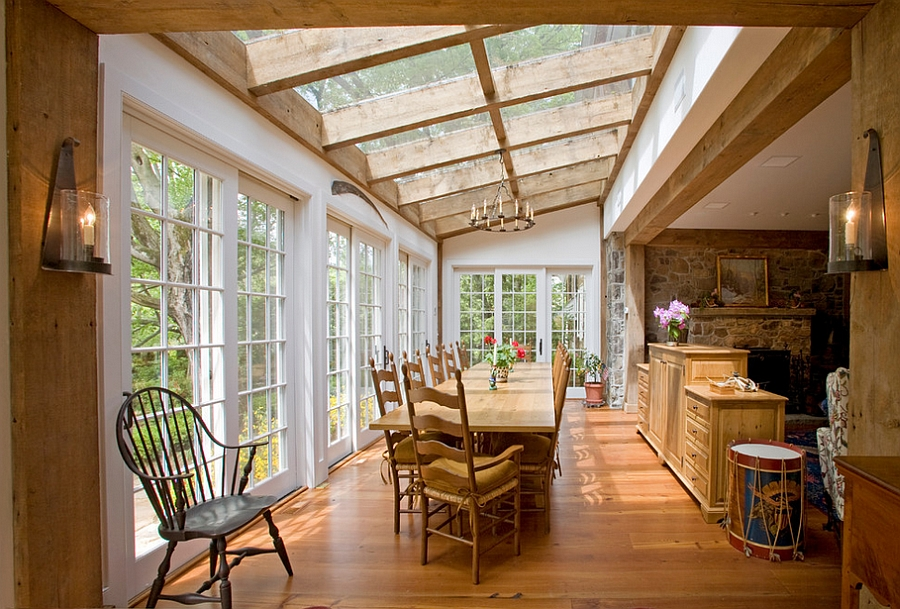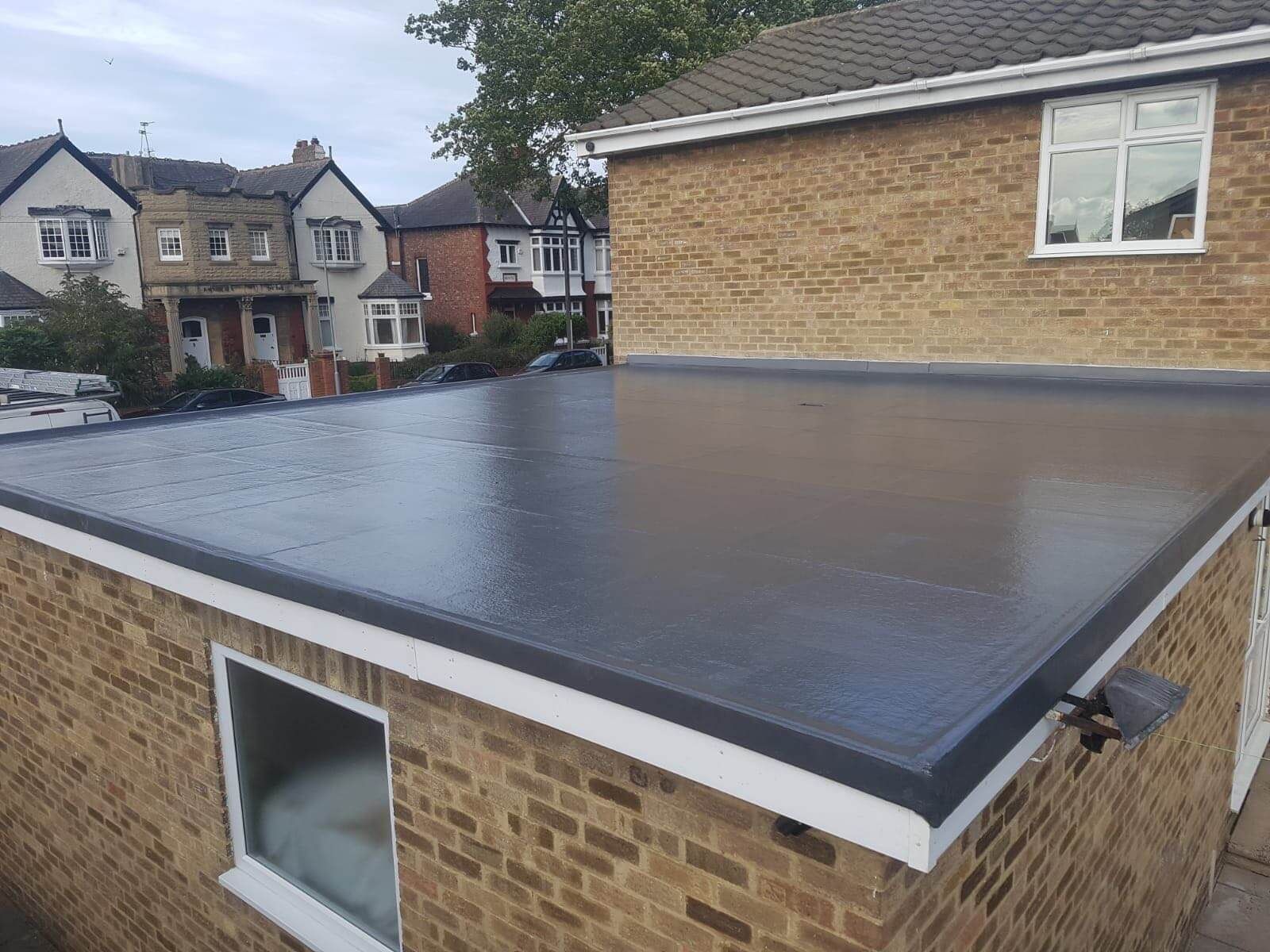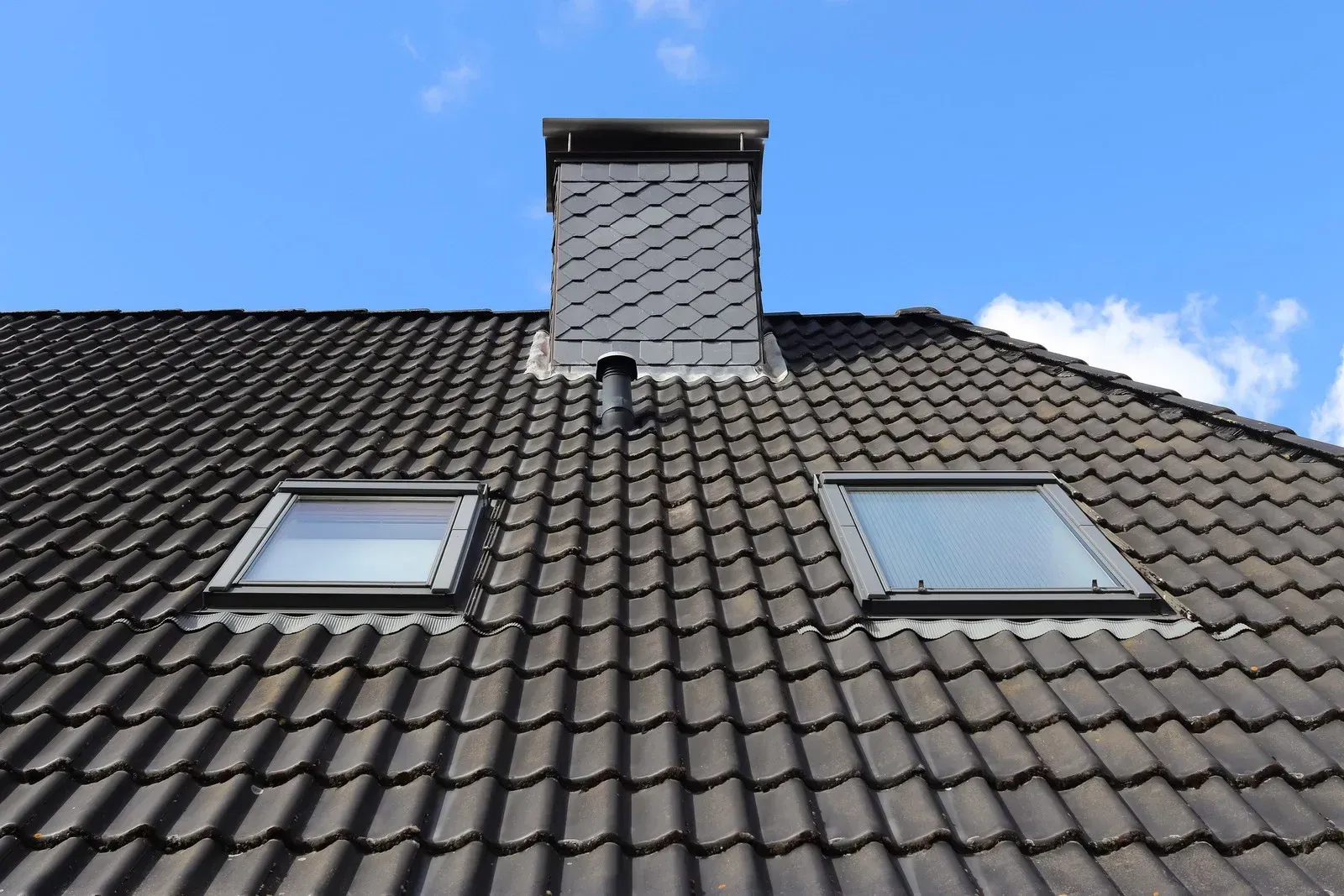How Do Roofing Experts Detect Hidden Damage?
Many roofing problems remain unseen until they cause serious leaks or structural trouble. Hidden damage often builds slowly under shingles, flashing, or roof decking. Professional roofers use their skills, tools, and methods to locate issues before they spread further. Knowing how experts detect these problems helps homeowners understand the value of timely roof inspections.
Detailed Surface Inspections
Roofing experts begin with a complete surface check, looking closely at shingles, tiles, or membranes for cracks, curling, or gaps. While some problems appear obvious, others require trained eyes to notice slight warping, discoloration, or soft spots. Even small changes in alignment or texture can point toward deeper issues under the surface. By walking across the roof carefully, professionals test for weak areas that suggest hidden water damage or rotting materials.
Close Attention to Flashing and Seals
Areas around chimneys, vents, skylights, and edges are the most common spots where water sneaks inside. Roofing experts study the flashing and seals closely, checking for bending, rust, or loose connections. Even minor cracks can let in moisture that spreads unnoticed into the roof deck or attic. By examining these areas thoroughly, professionals often identify early leaks that homeowners cannot see from the ground.
Gutter and Drainage Examination
Gutters often reveal signs of hidden roof damage. Roofing specialists look for granules, shingle fragments, or unusual debris inside the gutter system. These tiny particles signal material breakdown, which usually starts before major roof failure. Improper drainage also leaves water stains along the roofline, which experts connect to underlying issues like trapped moisture, weakened fascia, or damaged underlayment. This part of the inspection helps them locate damage that would otherwise remain hidden.
Interior and Attic Assessments
Hidden damage often shows itself inside the home rather than on the roof surface. Roofing experts check attics and ceilings for water stains, mold growth, or musty odors that point toward leaks. They examine insulation for dampness, which signals ongoing water entry. Light shining through roof boards is another warning sign. These indoor checks confirm the presence of roof problems that may not be visible outside.
Moisture Detection Tools
Modern roofing inspections often include specialized tools designed to spot problems below the surface. Moisture meters and infrared cameras reveal dampness trapped under shingles or roofing membranes. Thermal imaging detects heat differences that highlight water infiltration or insulation damage. These tools allow roofing experts to pinpoint the exact location of hidden issues without tearing up sections of the roof unnecessarily.
Structural and Load Checks
Roofing professionals also examine the roof structure itself. They look for sagging beams, uneven rooflines, or shifting support elements. Such changes often indicate long-term hidden damage caused by leaks or trapped moisture. By recognizing these subtle signs, experts can recommend repairs before the structure weakens further and creates safety risks.
Conclusion
Roofing experts detect hidden damage through surface checks, flashing inspections, gutter analysis, attic reviews, and advanced moisture tools, ensuring every problem gets attention before it worsens.
For dependable inspections and
roof repair solutions across Brooklyn, Manhattan, Staten Island, Queens, NY, and nearby areas, Rocco's All Type Roofing
offers trusted expertise that protects homes from unseen risks.




